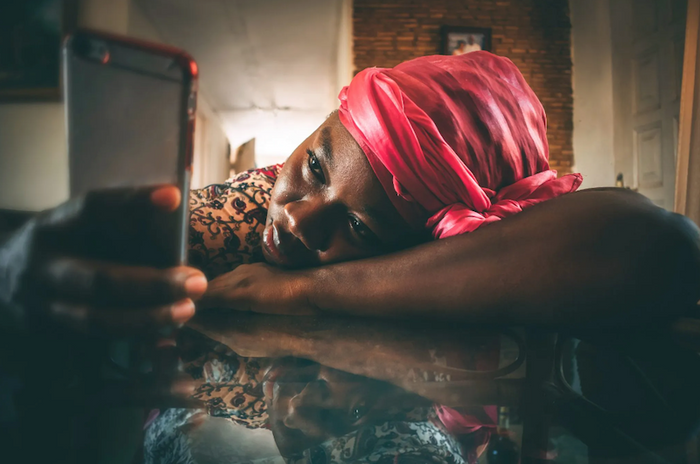988 Disapora Campaign for Mental Health

988 Diaspora Campaign List of Culturally Competent Mental Health Providers
We’ve compiled a list of culturally competent mental health providers who understand the unique experiences and needs of our communities. Download the resource below to find support that truly resonates with you.
Health E Livin

The Health E Livin app provides free, anonymous and secure access to mental health screenings. The screenings include assessments for depression, anxiety, PTSD, bipolar, and substance use. With the use of the “Find a health provider” feature, you can locate a Mental Health clinic nearest you.
Questions to ask your therapist to ensure they're sensitive to your needs
-
Have you ever had a patient with my background?
-
Are you knowledgeable about my culture and are you aware of any biases or misconceptions you may have about it that could affect my treatment from you?
-
How have you handled clients that have had issues with racism, discrimination, homophobia, or religion?
-
Are you uncomfortable speaking about matters concerning race, sexuality, identity, or suicide?
-
Are you open to feedback?
-
What type of therapy do you provide?
-
What insurance do you accept? What are your payment plans?
U.S. MENTAL HEALTH FACTS
• Black people are more likely to use emergency rooms or primary care physicians rather than mental health specialists.
• Only one-in-three Black people who need mental healthcare receive it.
• Black people living below the poverty level are twice as likely to report serious psychological distress than those living over the poverty level.
• Research indicates that Black people believe that mild depression or anxiety would be considered “crazy” in their social circles and discussions about mental illness are not appropriate.
• Suicide is the second leading cause of death among people ages 10-14.
• Black people are less likely than whites to die from suicide at all ages. However, Black teenagers are more likely to attempt suicide than white teenagers (9.8% versus 6.1%).
•In 2020, suicide was the third leading cause of death for Black people ages 15 to 24.
• The death rate from suicide for Black men was four times greater than for Black women in 2018.
• The suicide rate among Black people increased by 19.2% between 2018 and 2020. The largest increase was among those ages 10 to 24 with the suicide rate among Black youth rising by 36.6%.
• Black patients are more frequently diagnosed with schizophrenia and less frequently diagnosed with mood disorders compared to whites with the same symptoms.
• Black patients are less likely to receive guideline-consistent care compared to whites.
• One in six youth ages 6-17 experience a mental health disorder each year.
• Fifty percent of all lifetime mental illness begins by age 14, and 75% by age 24.
• Among people under age 18, depressive disorders are the most common cause of hospitalization.
• People with depression have a 40% higher risk of developing cardiovascular and metabolic diseases than the general population.
• High school students with significant symptoms of depression are more than twice as likely to drop out compared to their peers.
• Students ages 6-17 with mental, emotional or behavioral issues are more likely to repeat a grade. • Seventy percent of youth in the juvenile justice system have a diagnosable mental health condition. • 500,000 veterans are incarcerated in local jails with 55% reporting experiencing a mental illness.
• Among incarcerated people with a mental health condition, people of color are more likely to be put in solitary confinement, be injured and stay incarcerated longer.
Sources: U.S. Centers for Disease Control and Prevention; U.S. Department of Health and Human Services Office of Minority Health; Psychology Today; NAMI; Substance Abuse and Mental Health Services Administration
